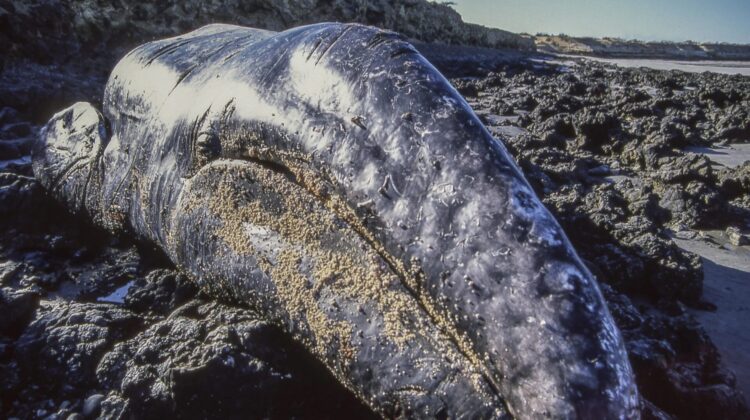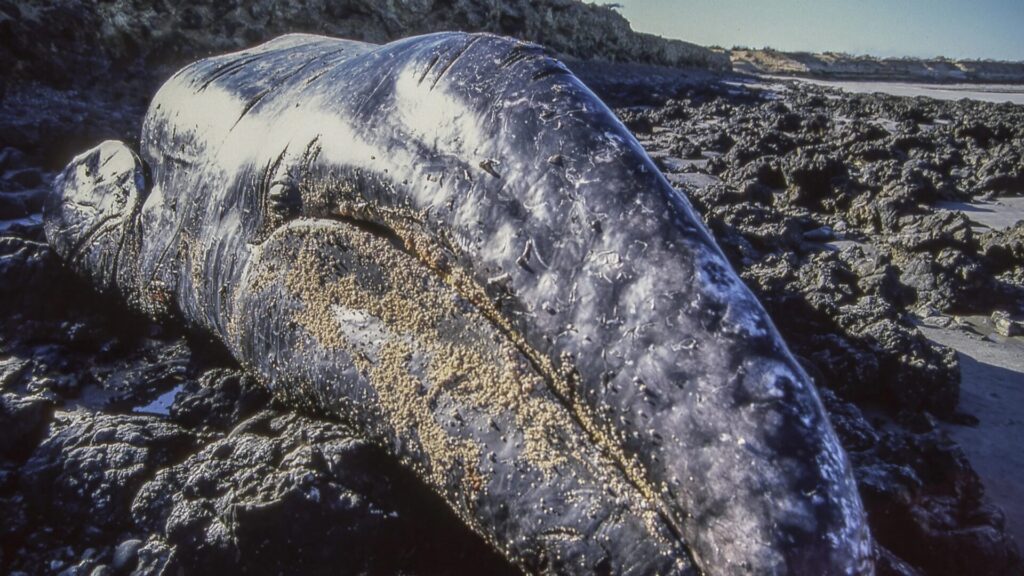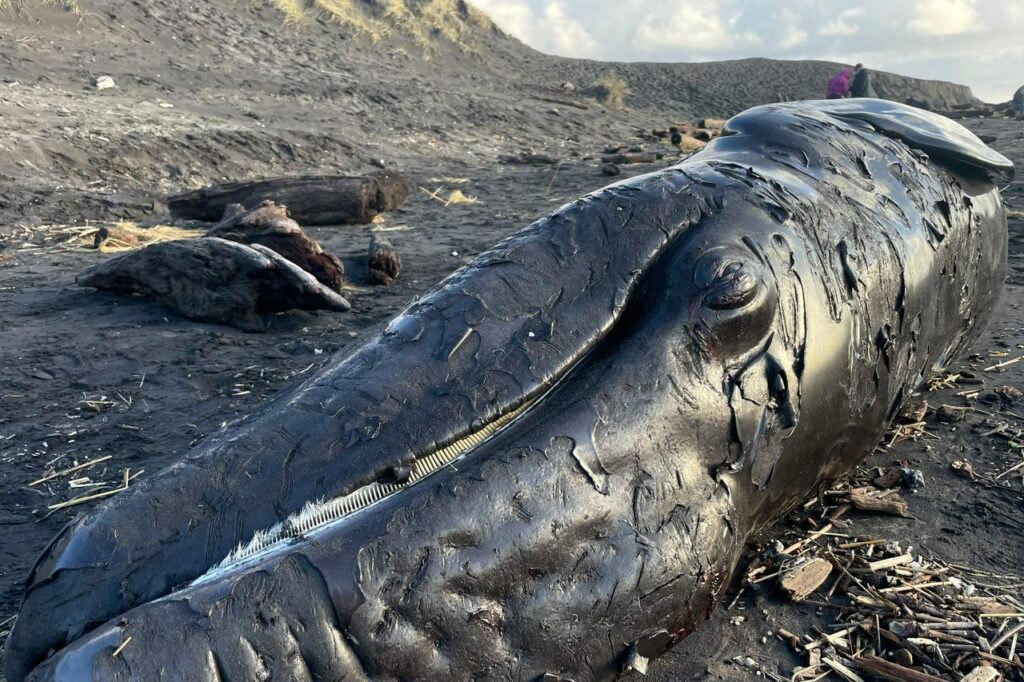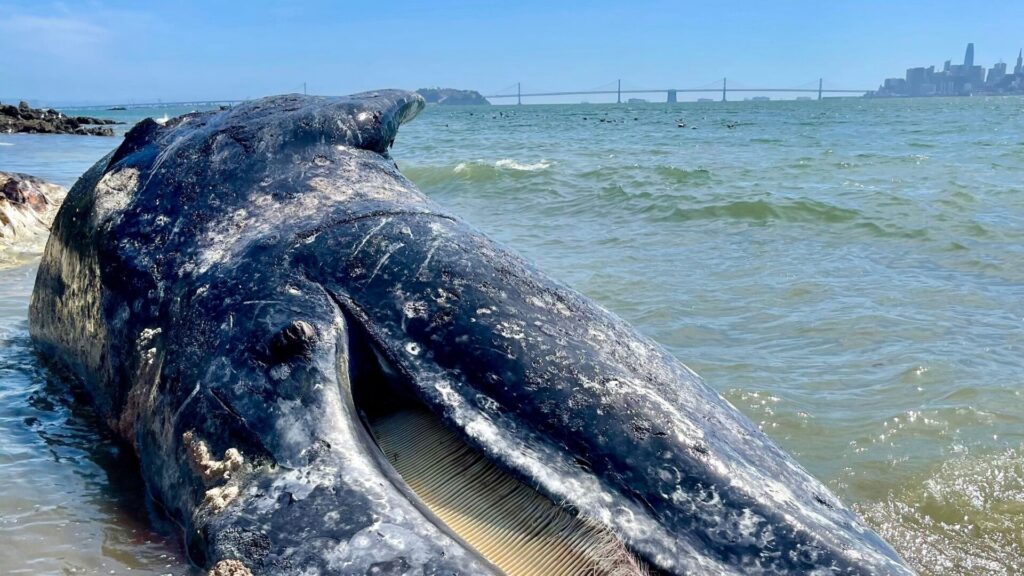
For decades, scientists have grappled with the puzzling phenomenon of mass gray whale deaths along the US coasts. A recent study may provide answers, shedding light on the role of Arctic sea ice in these mysterious die-offs.

Since the 1980s, three mortality events have afflicted the gray whale population off the North American coast, resulting in a 15% to 25% decline each time. The first and largest die-off occurred between 1987 and 1989, claiming at least 700 whales. Subsequent events in 1999-2000 and 2019, which is still ongoing, have raised concerns. In total, over 2,000 gray whales have perished.
Initially, scientists believed these fluctuations were due to the gray whale population exceeding its habitat and prey capacity, given their successful recovery after near-extinction due to commercial whaling. However, a new study published in the journal Science suggests that changing Arctic sea ice levels may offer a more plausible explanation.

Fluctuations in Arctic sea ice cover and food availability for gray whales could be key determinants of population health. In years with above-average ice cover, the whales’ passage to the Bering and Chukchi seas, where they feed on fatty crustaceans, is obstructed. This disruption, coupled with low prey availability, places significant stress on the gray whale population.
Historically, gray whales have rebounded quickly from mortality events. However, the ongoing die-off since 2019 marks uncharted territory, suggesting that a loss of Arctic sea ice might be to blame. Sea ice plays host to algae on its underside, which decays and serves as a food source for bottom-dwelling creatures, including gray whales’ preferred crustaceans.

Climate change further complicates the situation, causing highly variable and rapidly changing ocean conditions. While this may not endanger the northeastern Pacific gray whale population, it could threaten the Arctic Ocean’s capacity to support the whales as it has in the past.
The study’s findings provide valuable insights into the complex interplay between Arctic sea ice, climate change, and the mysterious mortality events among gray whales.

Leave a Reply